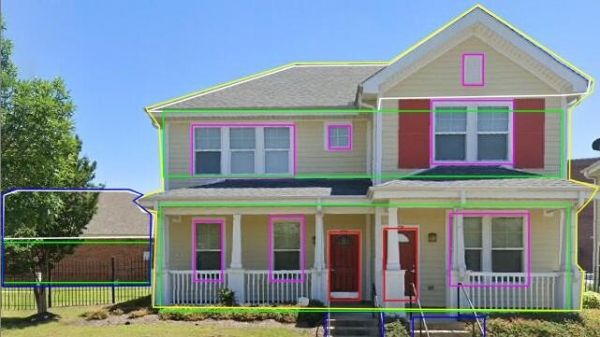Artificial intelligence is providing new opportunities in a range of fields, from business to industrial design to entertainment. But how about civil engineering and city planning? How might machine- and deep-learning help us create safer, more sustainable, and resilient built environments?
A team of researchers from the NSF NHERI SimCenter, a computational modeling and simulation center for the natural hazards engineering community based at the University of California, Berkeley, have developed a suite of tools called BRAILS — Building Recognition using AI at Large-Scale — that can automatically identify characteristics of buildings in a city and even detect the risks that a city's structures would face in an earthquake, hurricane, or tsunami.
Charles Wang, a postdoctoral researcher at the University of California, Berkeley, and the lead developer of BRAILS, says the project grew out of a need to quickly and reliably characterize the structures in a city.
"We want to simulate the impact of hazards on all of the buildings in a region, but we don't have a description of the building attributes," Wang said. "For example, in the San Francisco Bay area, there are millions of buildings. Using AI, we are able to get the needed information. We can train neural network models to infer building information from images and other sources of data."
Read more at University of Texas at Austin, Texas Advanced Computing Center
Image: The "Building Detective For Disaster Preparedness" project in Zooniverse invites citizen scientists to label data that helps train the BRAILS tool. (Credit: Chaofeng Wang, SimCenter, UC Berkeley)


